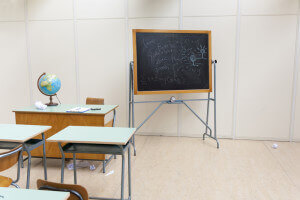CBT Training
Eyesight test and talk – lasts approx 30 mins
Before the CBT course can start you will be given an eyesight test. You must be able to read a number plate
- In good daylight
- Containing letters and figures 79.4 mm ( 3.1 in. ) high
- At a distance of 20.5 metres (about 67 feet)
- With the aid of glasses or contact lenses if you normally wear them
If you fail the eyesight test the course will not continue.
Before you can do any practical training your instructor will talk to you about
- The legal requirements
- The aims of the CBT course
- The importance of the right equipment and clothing
Legal requirements
In element A your trainer will check that you have all the legal requirements such as a driving licence and a roadworthy bike with road tax and MOT (if the bike is over 3 years old). If you’re hiring a bike from the training centre then all you’ll need is a licence.
If you are using your own bike you must also have insurance and L plates front and rear (non-cut near vertical). Most training centres will rent you a bike with insurance cover.
You must also have a helmet which meets BSI 6658 and ECE 22-05 standards (there should be a sticker indicating this). Again, most training centres will rent or lend you one.
Aims
Compulsory Basic Training was introduced in 1990 to help reduce the very high accident rate among inexperienced motorcyclists.
It aimed at a 33% reduction in the first year but achieved a 43% reduction. So as you can see, it works.
Equipment and clothing
Many people taking CBT do not yet own a bike. All good training centres will rent you a bike and a helmet and maybe even gloves and a flourescent ‘bib’.
In Element A your instructor will check that your bike is legal (if you’re using your own) by looking at the documentation that you bring with you.
Essential clothing requirements for CBT
- Helmet – BSI 6658 and ECE 22-05 standards
- British Standards approved visor
- Comfortable fit but snug
- Tough jacket
- Tough trousers
- Good pair of sturdy over the ankle boots
- Winter clothing for winter, summer clothing for summer
- If it’s wet bring some waterproofs
- Remember tough, warm, waterproof, roomy and bright
Further information on motorcycle clothing.
At the end of the session you should understand the purpose of the course and the relative merits of different types of protective clothing.
You will now have completed Element A. Element B Here.

